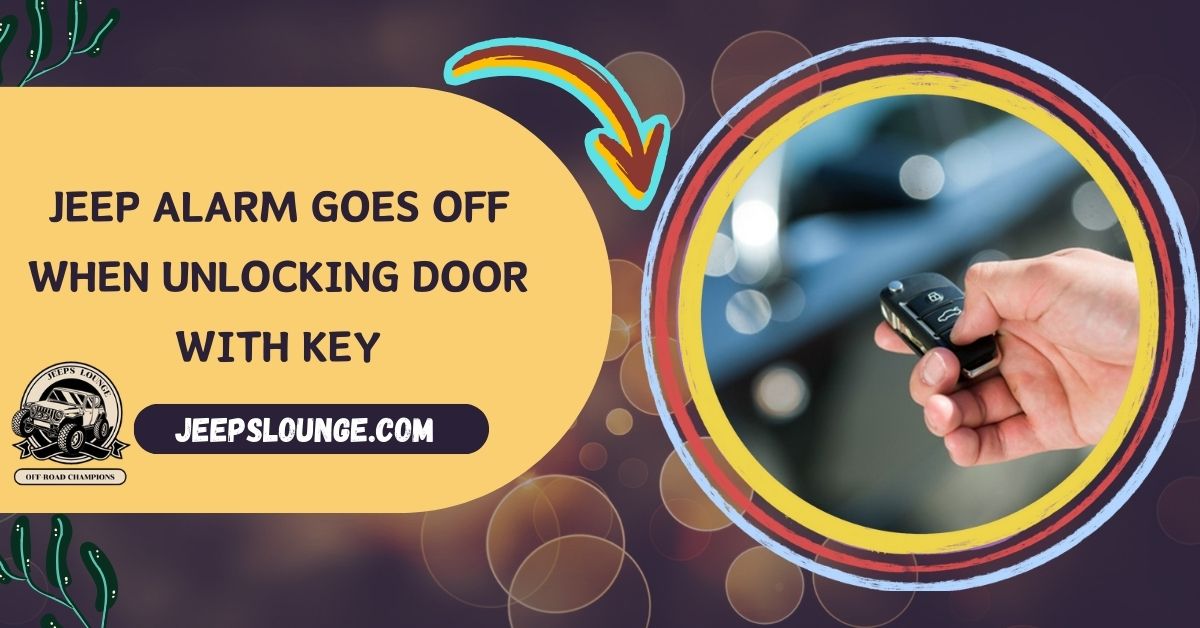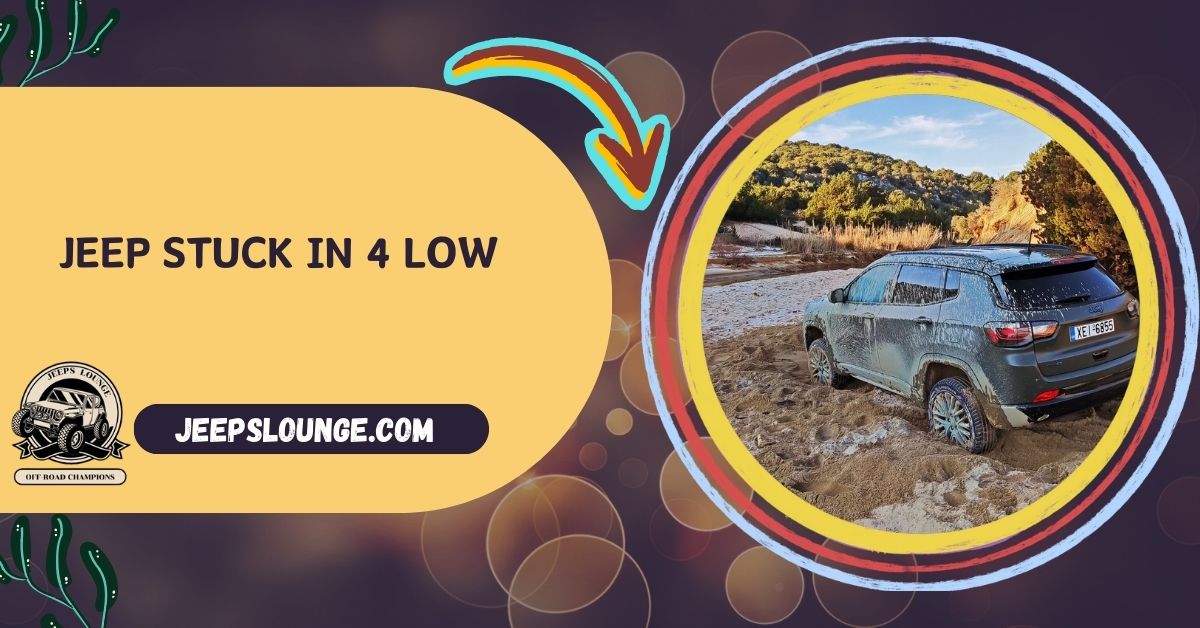You wake up to a crisp winter morning, excited to hit the road in your trusty Jeep. But as you turn the key, only silence greets you. The once-mighty engine sputters and groans, refusing to spring to life. Panic sets in – is it the battery? Starter? Something worse?
Consider snow tyres for improved traction, floor mats to trap snow and salt, and a windshield cover to prevent ice buildup.
Fear not, fellow Jeep enthusiasts! This scenario, while frustrating, is common. Cold weather can throw a wrench into even the most rugged Jeep’s starting system, leaving you stranded and shivering. But before you resign yourself to a day indoors, breathe easy!
Table of Contents
Possible Causes & Troubleshooting: When Your Jeep Not Starting In Cold Weather
The Battery Blues:
The prime suspect: a weak or dead battery. Cold weather takes a toll on batteries, draining their reserve faster and making them sluggish. Here’s how to spot the culprit:
Symptoms:
Slow cranking: The engine cranks slower than usual, struggling to turn over.
Dimming lights: Headlights and interior lights appear dim or flicker before starting.
Clicking sounds: You hear rapid clicking noises when turning the key, but no cranking.
Solutions:
Test your battery: Check its voltage or use a battery tester to confirm its health.
Jump-start your Jeep: If the battery has some life, a jump-start might get you going (remember safety precautions!).
Consider replacement: If the battery is old or severely drained, investing in a new one can prevent future issues.
Starter Struggles:
The starter motor might be at fault if your battery seems healthy, but the engine won’t crank. It’s responsible for spinning the engine to initiate the starting process.

Symptoms:
Clicking noise: Similar to a weak battery, but no cranking occurs.
No cranking at all: No sound or response when turning the key.
Solutions:
Check starter connections: Ensure they’re clean and tight.
Have the starter tested: A mechanic can diagnose whether it needs repair or replacement.
Fuel System Frustrations:
While less common, cold weather can also impact your Jeep’s fuel system when your Jeep is not starting in cold weather.
Symptoms:
Engine cranks but doesn’t start: The engine turns over but fails to ignite.
Rough idling: The engine starts but runs unevenly or stalls after starting.
Solutions:
Check fuel levels: Ensure you have enough fuel.
Inspect fuel lines: Look for leaks or blockages that might restrict fuel flow.
Consider winter-blend fuel: In freezing temperatures, winter-blend fuel can improve ignition and flow.
Other Potential Culprits:
While less likely, remember that other issues like faulty spark plugs, malfunctioning sensors, or electrical problems can also contribute to starting troubles. If the above solutions don’t solve your problem, consulting a mechanic for a comprehensive diagnosis is recommended.
Winterproof Your Jeep: A Detailed Guide Jeep Not Starting In Cold Weather
As winter’s icy grip tightens, don’t let your Jeep become a shivering, silent companion. Taking proactive steps ensures your trusted steed starts reliably, even in the coldest months. Here’s a detailed guide to winterproofing your Jeep for smooth starts and happy engines:
Embrace The Power Of Preventive Maintenance:
Regular servicing: Your Jeep’s maintenance schedule becomes your winter bible. Stick to it religiously, paying particular attention to critical areas:
Battery checks: Ensure your battery’s health is tip-top. Look for corrosion, test its voltage, and consider a pre-winter inspection to identify potential issues.
Fluid levels: Top up all fluids, including antifreeze, engine oil, and windshield washer fluid, using winter-specific blends designed for colder temperatures. These blends offer better viscosity and protection against freezing.
Spark plugs: Worn-out spark plugs can hinder starting, especially in winter. Replace them according to your Jeep’s recommended schedule or if you notice performance issues.
Winterizing magic: Before the first snowflake falls, “winterize” your Jeep. This might involve:
Belt and hose check: Replace any cracked or worn belts and hoses to prevent breakdowns.
Tyre pressure adjustments: Adjust tyre pressure according to the manufacturer’s recommendation for winter driving. This ensures optimal performance and traction on icy roads.
Underbody inspection: Check for any loose components or damage underneath your Jeep, as winter weather can exacerbate existing issues.
Keywords: Jeep maintenance, winterizing, fluid levels, battery checks, spark plugs, belt and hose check, tyre pressure, underbody inspection.
Pamper Your Battery: The Engine’s Cold-Weather Lifeline:
Your battery is the silent hero of winter starts. Treat it right, and it’ll treat you right back:

Regular charging: Consider topping off your battery’s charge during everyday use, especially during inactivity. Invest in a battery tender or trickle charger for long-term storage to prevent discharge and potential damage.
Storage savvy: If storing your Jeep for extended periods, remove the battery and keep it in a cool, dry place. This minimizes discharge and potential damage caused by freezing temperatures.
Choosing the correct battery: When replacing your battery, choose one with high cold cranking amps (CCA) specifically designed for your Jeep’s model and climate. A battery with sufficient CCA ensures it has the power to crank your engine even in frigid conditions.
Be Winter-Ready: Don’t Get Caught Off Guard:
Winter adventures are exciting, but sometimes they come with unexpected challenges. Be prepared for anything:
Jump starter kit: Keep a portable jump starter kit readily available in your Jeep. This can be a lifesaver if you encounter a dead battery on the road, especially in remote areas where help might be scarce.
Warm parking: Whenever possible, park your Jeep in a garage or other sheltered area. This helps maintain battery temperature and reduces stress on the starting system, making those early morning starts less of a struggle.
Emergency essentials: Pack an emergency kit with essentials like blankets, flares, a first-aid kit, and a roadside assistance phone number. Preparing for the unexpected can provide peace of mind and ensure a smooth resolution to any winter hiccups your Jeep might encounter.
Faqs For The Winter-Ready Jeep:
Q: Should I Use Synthetic Oil During Winter?
A: Absolutely! Synthetic oil flows better at lower temperatures, offering better engine protection and an easier way for a jeep not to start in cold weather.
Q: What Winter Accessories Are Essential For My Jeep?
A: Consider snow tyres for improved traction, floor mats to trap snow and salt, and a windshield cover to prevent ice buildup.
Q: How Can I Clean My Jeep Effectively In Winter?
A: Wash your Jeep regularly to remove road salt and other corrosive elements. Use warm water and gentle car wash soap, and avoid high-pressure washes that can damage hoses and electronics.
Q: What If My Jeep Still Needs To Start After Following These Tips?
A: Don’t despair! Consult a qualified mechanic for a professional diagnosis and potential repairs. Early detection and prevention are critical to a happy and reliable Jeep, winter or summer.
Conclusion: Conquering The Cold With Confidence:
Packed with clear explanations, actionable troubleshooting steps, and valuable preventive tips, this guide will empower you to conquer winter confidently, ensuring your Jeep starts as reliably as your morning coffee cravings. So, grab a hot mug, buckle up, and get your Jeep back on the road, ready to tackle any winter adventure!
Remember, an ounce of prevention is worth a pound of cure (and a potentially chilly wait for roadside assistance)! So, take some time to prepare your Jeep for the winter season, and enjoy the peace of mind that comes with knowing your trusty companion will start reliably, no matter how low the temperature drops. Happy winter exploring!




